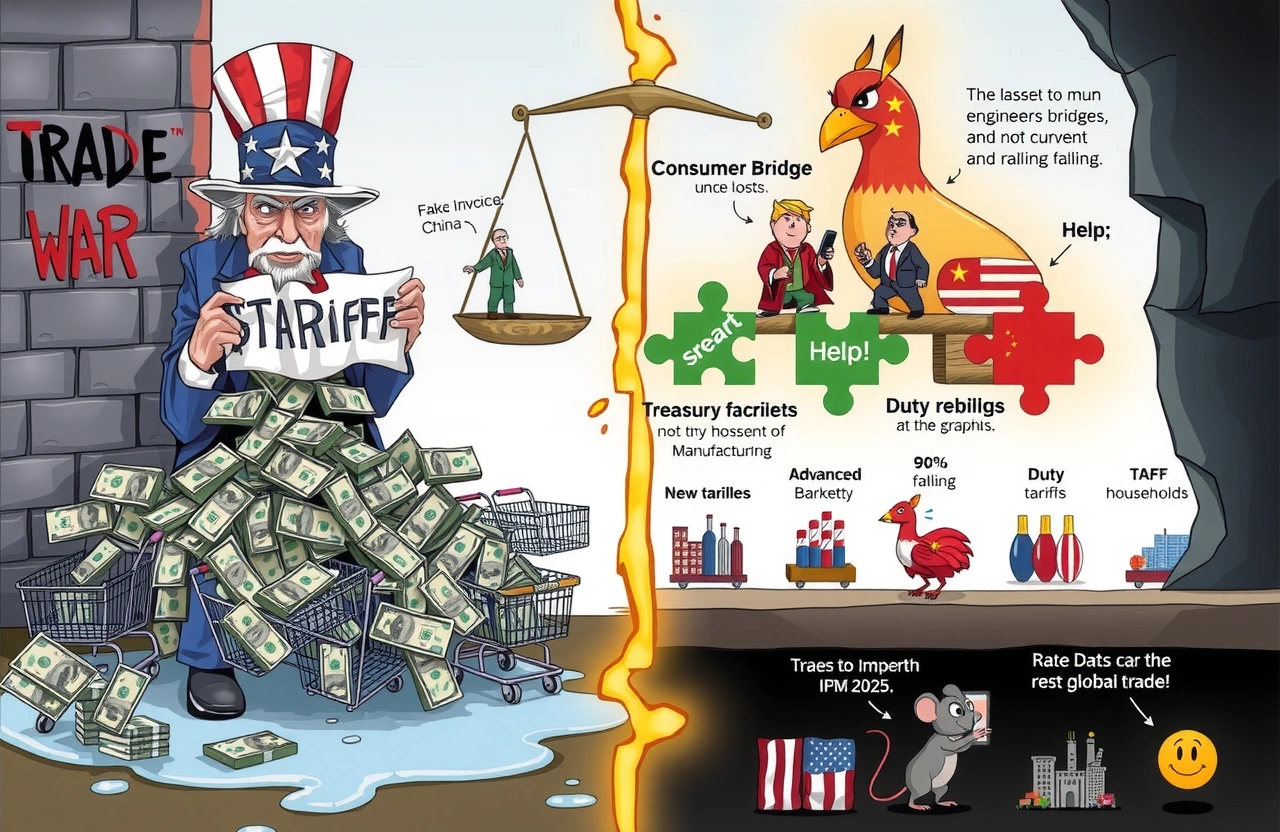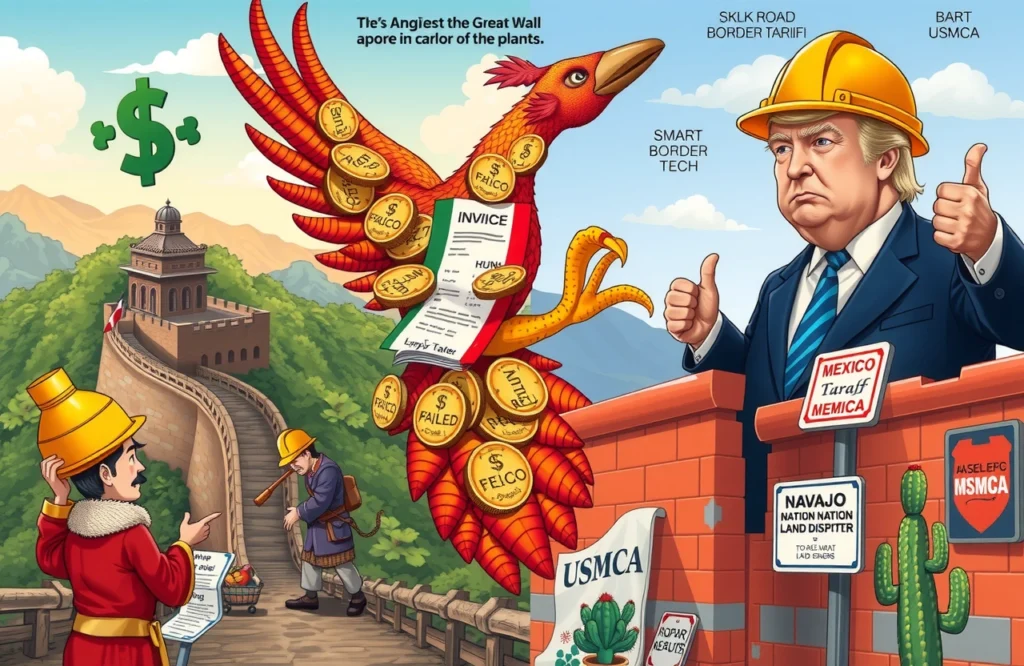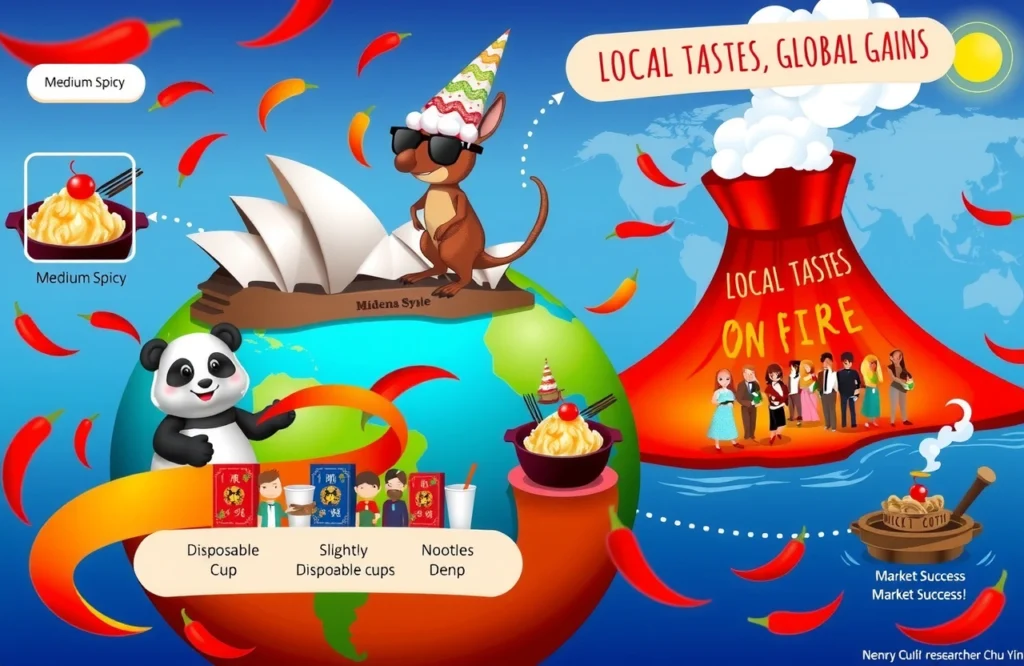As trade tensions escalate, a fundamental misunderstanding about tariff economics undermines American strategy according to Gao Zhikai (高志凯), Vice Chairman of the Center for China and Globalization and Professor at Soochow University. Speaking at the Phoenix Network’s 2025 China Enterprises Global Expansion Forum in Shenzhen, he delivered a scathing critique that cuts to the heart of US protectionism. His core thesis? The American tariff war is doomed because policymakers fundamentally misunderstand who bears the cost – a misconception preventing effective strategy formulation.
The Fatal Flaw in US Tariff War Strategy
Gao Zhikai argues that tariff wars collapse under the weight of basic economic principles dismissed by US leaders. Tariffs function as import taxes imposed at the point of entry into a country, meaning…
Economic Mechanics: Tracing the Money Flow
When examining tariff economics:
– Importers legally remit payments to customs authorities
– Supply chains redistribute costs upward to consumers
– Multiple IMF studies confirm tariffs cause US consumer price inflation
Trump Administration’s Misplaced Claims
Former President Donald Trump publicly celebrated tariffs as ‘$2 billion daily payments from China’, contradicting Treasury Department data showing American firms as primary payers.
Gao Zhikai’s Case for Inevitable US Failure
The expert predicts strategic collapse stems from ignoring economic reality.’Tariffs are 100% paid by Americans under normal circumstances,’ Gao asserts. This misunderstanding creates three critical vulnerabilities…
The Walmart Incident: Proof in Practice
Gao cites Walmart’s experience as definitive evidence:
1. Initial demand Chinese exporters pay tariffs (rejected)
2. Walmart swallowed costs temporarily
3. Consumer price hikes implemented after failed government lobbying
Such cases confirm Americans pay despite political rhetoric.
Courage Deficit in Truth-Telling
‘Trump lacks the bravery to explain tariffs burden Americans’ Gao states, referencing Treasury Department statistics showing households incurred 92% of tariff costs.
Impact on US Consumers and Enterprises
Studies show tariffs became hidden taxes weighing disproportionately on low-income consumers. Reconfirmed by Federal Reserve findings…
SMEs Bear Disproportionate Burden
Unlike multinational corporations, small manufacturers face:
– Limited capacity to relocate supply chains
– Higher import compliance expenses
– Reduced export competitiveness globally
The Inflationary Feedback Loop
Higher consumer prices simultaneously constrain spending power and trigger wage demands – a destructive cycle undermining US monetary policy.
China’s Strategic Response Framework
Gao Zhikai advocates collective action:’We must unite Chinese enterprises facing US export dependency.’ This manifests through…
SME Bailout Mechanisms
Support systems under development:
– Customs duty rebates for affected exporters
– Diversified export finance instruments
– ASEAN market-entry incubator programs
The Transformation Imperative
Crisis catalyzes opportunity through productive shifts:
– Value chain upgrading
– Brand equity development
– Advanced manufacturing adoption
Beyond the Tariff Battlefield
The conflict’s resolution requires confronting key multilateral challenges…
Global Supply Chain Restructuring
UNCTAD analysis confirms accelerated ASEAN+ manufacturing expansion unrelated to tariffs – driven instead by automation costs exceeding tariff impacts.
The Bilateral Relationship Reset
True resolution requires:
– Joint technical working groups
– Sectoral exemption frameworks
– Mutually enforced origin accreditations
Navigating the Post-Conflict Landscape
Gao Zhikai concludes with an optimistic vision: ‘Overcoming these challenges brings China’s economy to brighter horizons.’ This requires disciplined execution…
Success demands vigilance against economic misconceptions. Quantify hidden tariff costs impacting your business using resources like WTO Tariff Analysis Tools. Engage trade associations shaping mitigation policies. Remember Gao Zhikai’s insight: Sustainable advantage comes when leaders confront who pays tariffs honestly rather than peddling comfortable illusions.




